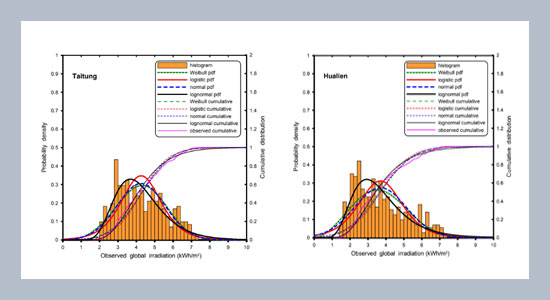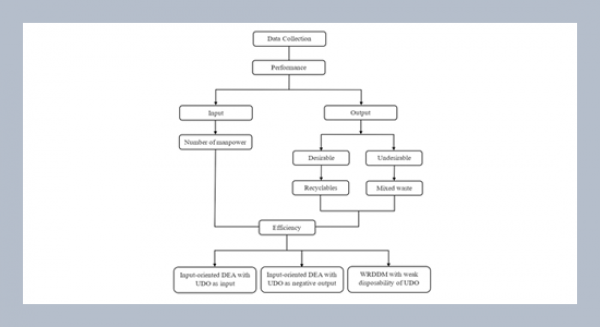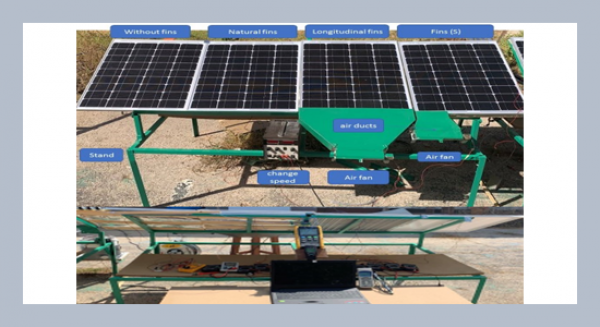REFERENCES
- [1] Chang, T. P. 2009. Performance evaluation for solar collectors in Taiwan. Energy, 34: 32-40.
- [2] Shu, N., Kameda, N., Kishida, Y., and Sonoda, H. 2006. Experimental and theoretical study on the optimal tilt angle of photovoltaic panels. Journal of Asian Architecture and Building Engineering, 5: 399-405.
- [3] Gueymard, C. A. 2003. Direct solar transmittance and irradiance predictions with broadband models. Part I: detailed theoretical performance assessment. Solar Energy, 74, 5: 355-379.
- [4] Gueymard, C. A. 2003. Direct solar transmittance and irradiance predictions with broadband models. Part II: validation with high-quality measurements. Solar Energy, 74, 5: 381-395.
- [5] Kudish, A. I. and Ianetz, A. 1996. Analysis of daily clearness index, global and beam radiation for Beer Sheva, Israel: Partition according to day type and statistical analysis. Energy Conversion and Management, 37, 4: 405-416.
- [6] Bendt, P., Collares-Pereira, M., and Rabl, A. 1981. The frequency distribution of daily insolation values. Solar Energy, 27: 1-5.
- [7] Saunier, G. Y., Reddy, T. A., and Kumar, S. 1987. A monthly probability distribution function of daily global irradiation values appropriate for both tropical and temperate locations. Solar Energy, 38: 169-177.
- [8] Akuffo, F. O. and Brew-Hammond, A. 1993. The frequency distribution of daily global irradiation at Kumasi. Solar Energy, 50: 145-154.
- [9] Tovar, J., Pozo-Vazquez, D., Batlles, J., Lopez, G., and Munoz-Vicente, D. 2004. Proposal of a function for modeling the hourly frequency distributions of photosynthetically active radiation. Theoreti-cal and Applied Climatology, 79: 71-79.
- [10] Hollands, K. G. T., and Huget, R. G. 1983. A probability density function for the clearness index with applications. Solar Energy, 30: 235-253.
- [11] Tovar, J., Olmo, F. J., and Alados- Arboledas, L. 1998. One-minute global irradiance probability density distributions conditioned to the optical air mass. Solar Energy, 62: 387-393.
- [12] Babu, K. S. and Satyamurty, V. V. 2001. Frequency distribution of daily clearness indices through generalized parameters. Solar Energy, 70: 35-43.
- [13] Assuncao, H. F., Escobedo, J. F., and Oliveira, A. P. 2007. A new algorithm to estimate sky condition based on 5 minutes-averaged values of clearness index and relative optical air mass. Theoretical and Applied Climatology, 90: 235-248.
- [14] Ettoumi, F. Y., Mefti, A., Adane, A., and Bouroubi, M. Y. 2002. Statistical analysis of solar measurements in Algeria using beta distributions. Renewable Energy, 26: 47-67.
- [15] Jurado, M., Caridad, J. M., and Ruiz, V. 1995. Statistical distribution of the clearness index with radiation data integrated over five minute intervals. Solar Energy, 55: 469-473.
- [16] Soubdhan, T., Emilion, R., and Calif, R. 2009. Classification of daily solar radiation distributions using a mixture of Dirichlet distributions. Solar Energy, 83: 1056-1063.
- [17] Liu, C. M. 1996. Climate and weather in Taiwan. Formosa Folkways Publishing Company, Taipei.
- [18] Chang, T. P. 2010.Performance comparison of six numerical methods in estimating Weibull parameters for wind energy application. Applied Energy in press, doi: 10.1016/ j.apenergy. 2010.06. 018.
- [19] Carta, J. A., Ramirez, P., and Velazquez, S. 2009. A review of wind speed probability distributions used in wind energy analysis Case studies in the Canary Islands. Renewable and Sustainable Energy Reviews, 13: 933-955.
- [20] Ucar, A. and Balo, F. 2009. Investigation of wind characteristics and assessment of wind-generation potentiality in Uludag- Bursa, Turkey. Applied Energy, 86: 333-339.
- [21] Hogg, R. V., and Craig, A. T. 1988. Introduction to Mathematical Statistics. Fourth edition, Jwang Yuan Publishing Company, Taipei.
- [22] Sulaiman, M. Y., Akaak, A. M., Wahab, M. A., Zakaria, A., Sulaiman, Z. A., and Suradi, J. 2002. Wind characteristics of Oman. Energy, 27: 35-46.















